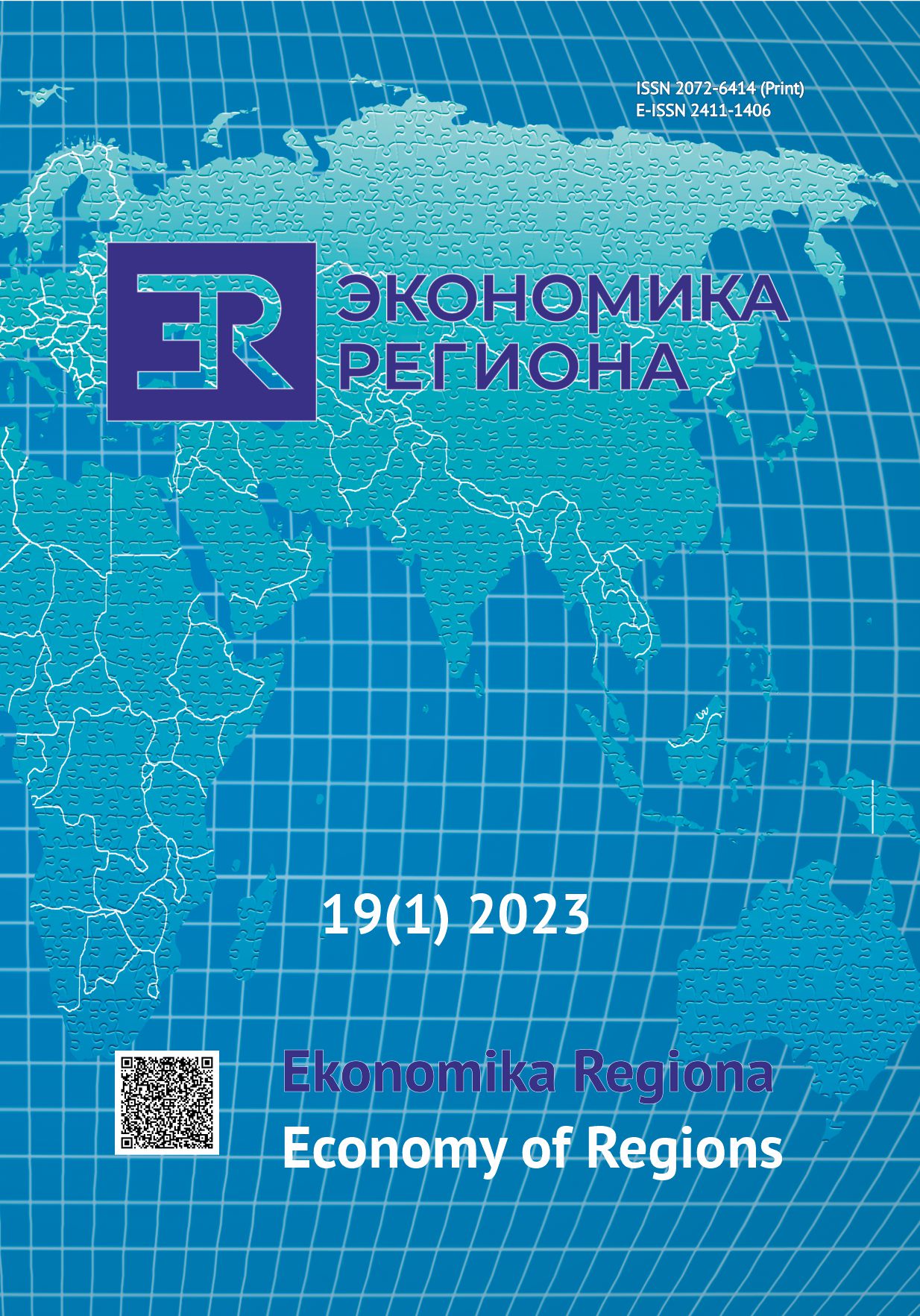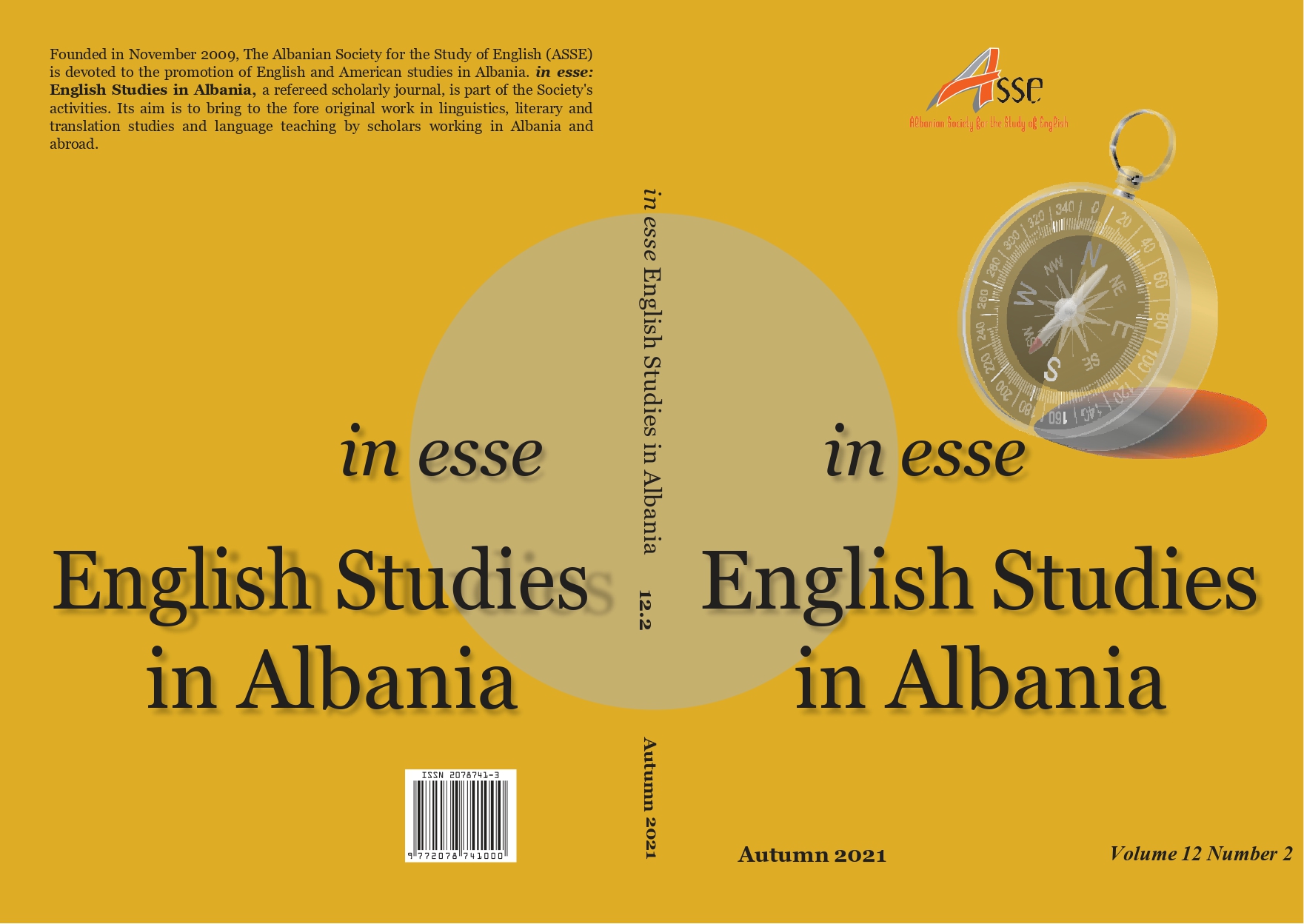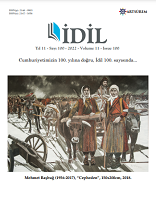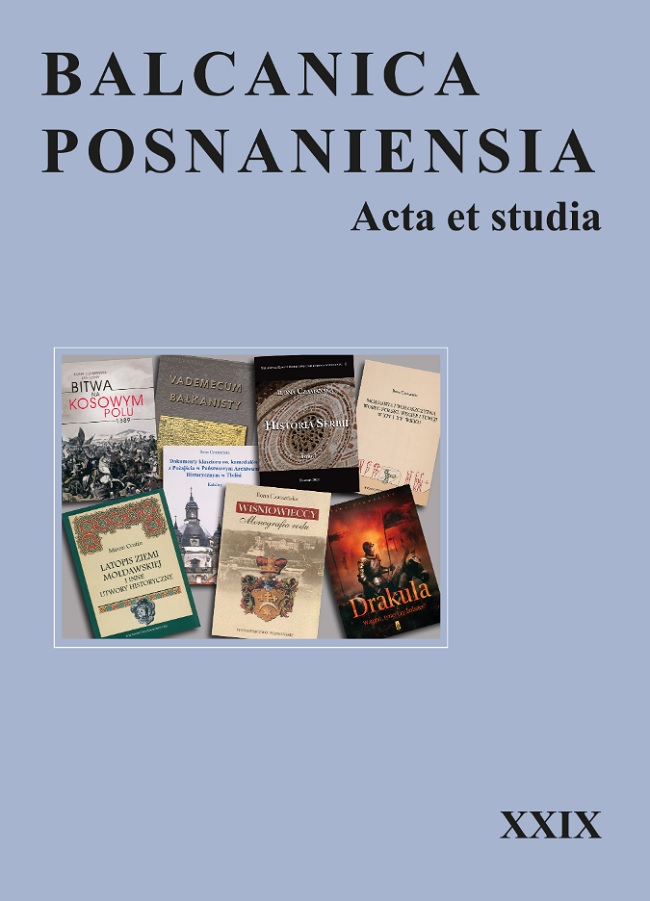
Revisiting the Energy Consumption, Economic Growth and the Environmental Kuznets Curve in Developing Countries
Revisiting the Energy Consumption, Economic Growth and the Environmental Kuznets Curve in Developing Countries
Keywords: environmental degradation; renewable energy; non-renewable energy; economic development; PMG estimator; MG estimator;
Though economic development improves human lives and living standards, it poses serious environmental challenges. In recent decade, this has attracted the attention of researchers and policymakers aiming to find a balance between economic development and environment quality. The study examines the long and short-run effects of renewable energy, non-renewable energy, economic growth (gross domestic product) and carbon dioxide (CO2) emissions in 16 developing countries. Using a panel dataset from 1990 to 2020, we tested the Environmental Kuznets Curve (EKC) by employing the pooled mean group (PMG) and Mean group (MG) estimators. The empirical results provide evidence of a positive long and short-run nexus between economic development and environmental degradation when environmental degradation is made the dependent variable, confirming the EKC hypothesis. However, when economic development is made the dependent variable, the result elucidates the existence of the negative long and short-run effects. Further, whereas renewable energy abates environmental degradation in both the long and short run, it promotes economic development in both periods. Finally, non-renewable energy increases environmental degradation in both the long and short run but promotes economic development only in the long run. Based on the findings of the study, we provide potential policy measures that can help to improve the environmental quality.
More...




